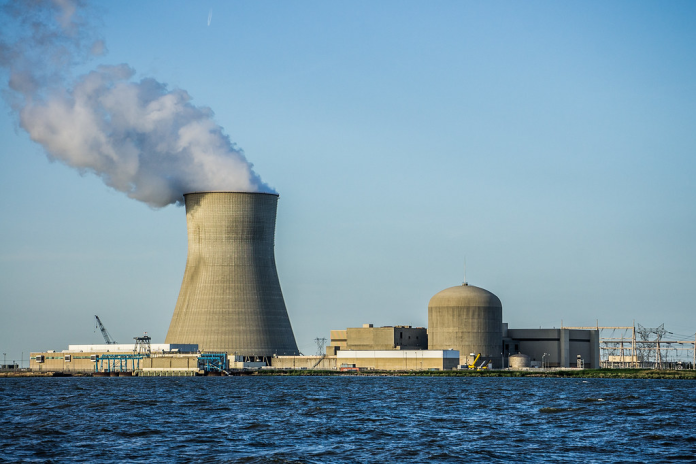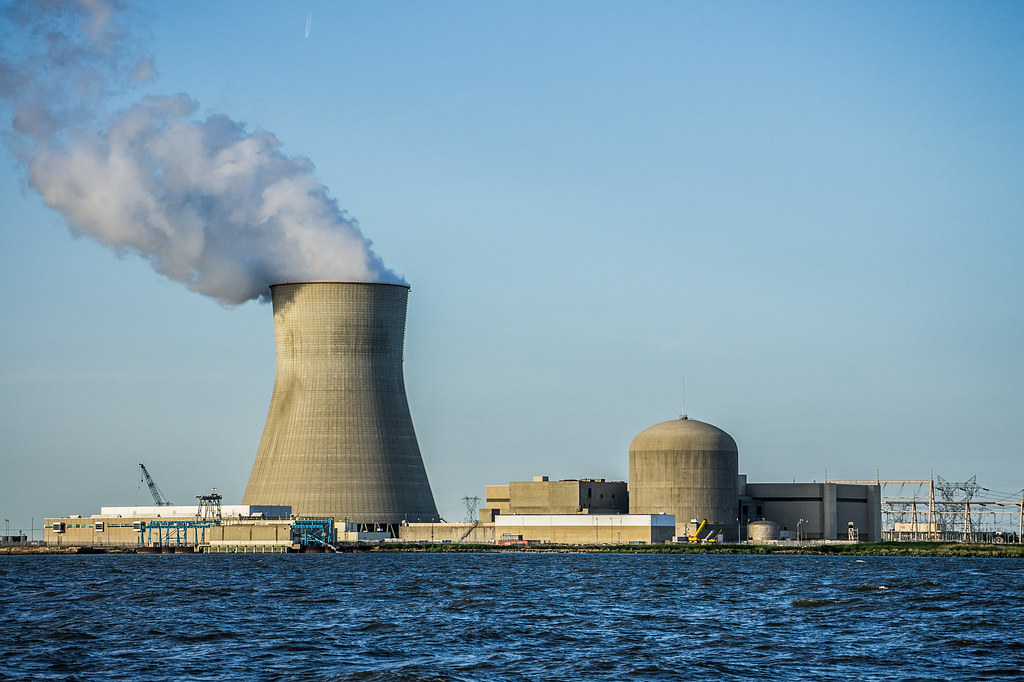
Can the same technology powering the next generation of artificial intelligence power a lunar base during two weeks of darkness? That is no longer a hypothetical. In Washington, the Trump administration has made small modular reactors small, factory-made nuclear power plants the linchpin of its space policy and energy policy, tying down-to-Earth AI infrastructure to plans for a permanent human settlement of the Moon.
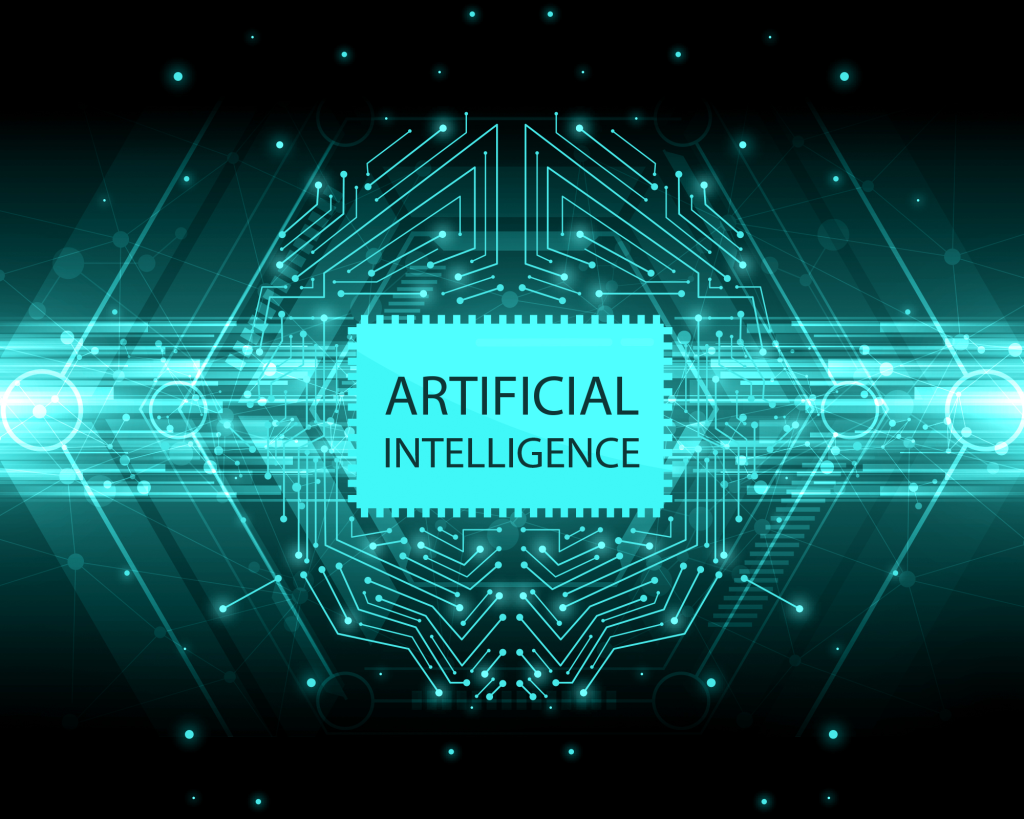
1. The Artificial Intelligence Energy Burst Fuelling Nuclear’s Revival
The figures are dramatic: Goldman Sachs estimates that data center power consumption will increase over 160% by 2030 with AI workloads being a major contributor. Renewables, even with storage, can supply much of it but not for the continuous, 24/7 baseload power hyperscale computing needs. “Fueling industries vital to America’s global economic and technological competitiveness… demands a vast amount of energy that is carbon-free and consistent every hour of every day,” noted Constellation Energy CEO Joe Dominguez. Nuclear, with virtually zero direct carbon emissions, has become the baseload fuel of choice for tech giants competing to grow AI.

2. Microsoft’s Three Mile Island Bet
In a first ever in U.S. history, Microsoft has entered into a 20-year deal to bring Unit 1 back online at Three Mile Island, which has been shut since 2019. The rehiring will provide 835 megawatts of carbon-zero electricity to its AI data centers by 2028, generate 3,400 jobs, and inject $16 billion into the economy of Pennsylvania. Substantial engineering effort remains: replacing or overhauling the turbine, generator, main transformer, and cooling and control systems, all under Nuclear Regulatory Commission oversight. The project will also demonstrate how legacy nuclear equipment can be upgraded to accommodate digital-age loads.
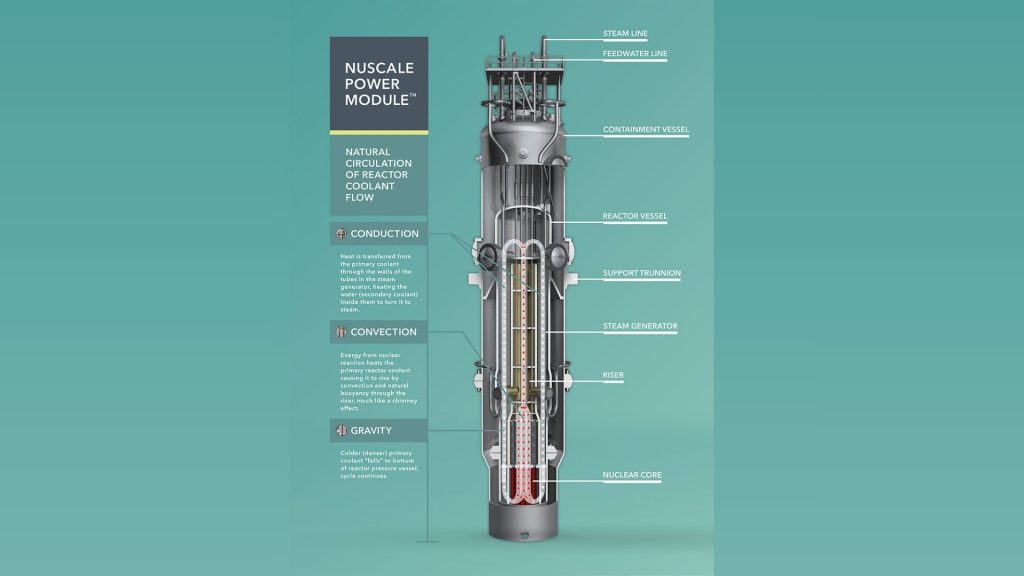
3. SMRs: The New Nuclear Architecture
Small modular reactors (SMRs) generate 10–300 MW apiece, are fabricated in factories, and shipped to sites where large plants are not feasible. Designs like the Natrium sodium-cooled fast reactor integrate molten salt thermal storage, enabling output boosts from 345 MW to 500 MW during peak demand ideal for AI’s variable workloads. First-generation SMRs such as NuScale’s 77 MW modules rely on proven light-water technology with passive safety systems, while Generation IV designs promise higher temperatures for industrial applications.
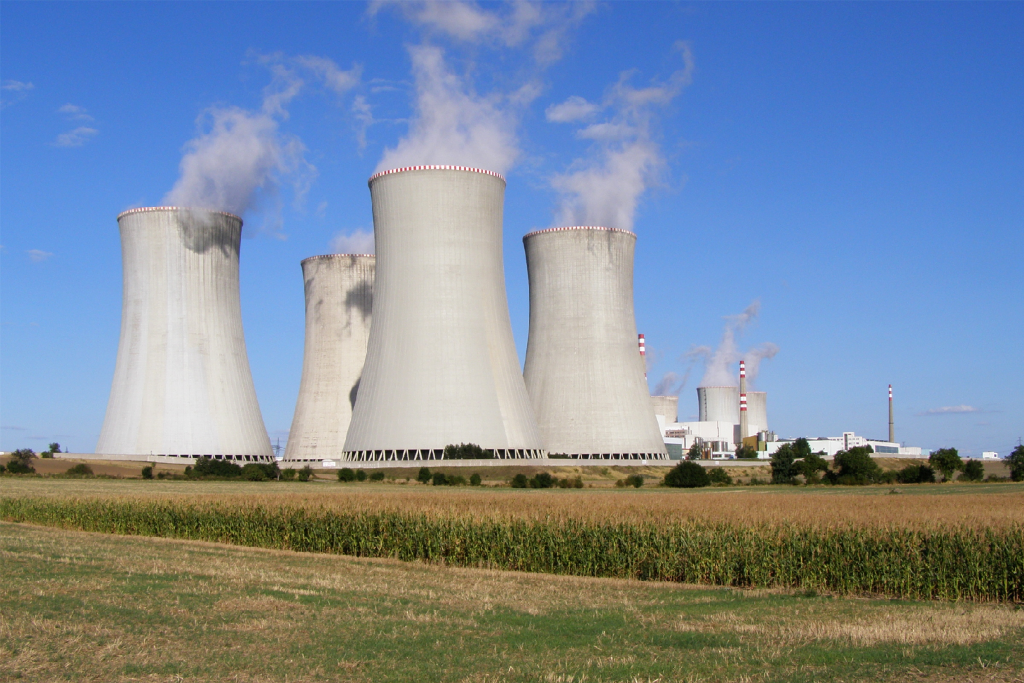
4. Big Tech’s Nuclear Portfolio
Amazon Web Services has agreed to install 5 GW of SMR capacity by 2039, beginning with four Xe-100 high-temperature gas reactors in Washington State. Google is signed up with Kairos Power for 500 MW of molten salt reactors, the first corporate SMR buy agreement in history. Meta has also signed its own nuclear supply agreement. These deals form the “orderbook” that SMR manufacturers require to make factory investment bets and realize economies of scale.

5. Safety Engineering To The New Generation
Chernobyl and Fukushima persist in popular memory, but SMR designs have inherent safety systems passive cooling, below-ground containment, and reduced fuel inventories that minimize meltdown potential. Next-generation fuels such as TRISO, currently in production at DOE’s pilot program, can endure very high temperatures without emitting fission products. “The reality is, nuclear power is very safe and we can draw on evidence that demonstrates that,” said Katy Huff, former DOE assistant secretary for nuclear energy.
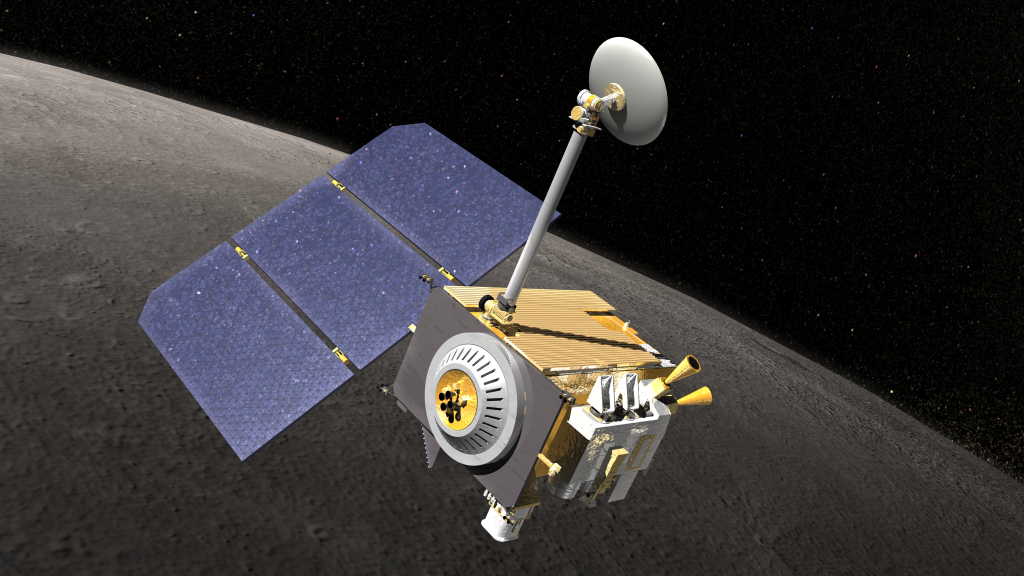
6. NASA’s Lunar Reactor Challenge
NASA Acting Administrator Sean Duffy has challenged a 100-kilowatt lunar reactor in 2030 to energize a Moon base during the 14-day-long lunar night, when solar arrays are not producing. “Nuclear energy is not just desirable, it is inevitable,” opined Dr. Sungwoo Lim of the University of Surrey, referring to the megawatt-scale requirements of even small habitats. The reactor has to be miniaturized, launch licensable under rigorous safety conditions, and vacuum-operable with very large temperature fluctuations a challenge for the convergence of nuclear, aerospace, and robotics engineering.
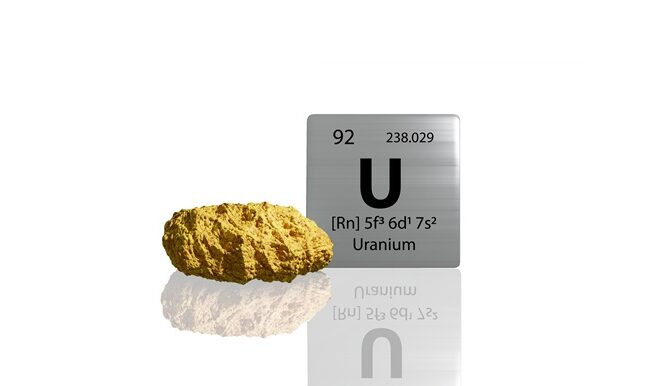
7. Fuel Supply: From Dependency to Independence
Currently, 95% of U.S. nuclear fuel is imported, previously including Russian uranium. The DOE’s choice of Standard Nuclear to spearhead a domestic fuel fabricating program is designed to procure high-assay low-enriched uranium (HALEU) for future reactors. Tennessee and Idaho facilities will manufacture TRISO and other future-generation fuels, lowering geopolitical risk and enabling terrestrial SMRs as well as space reactors.
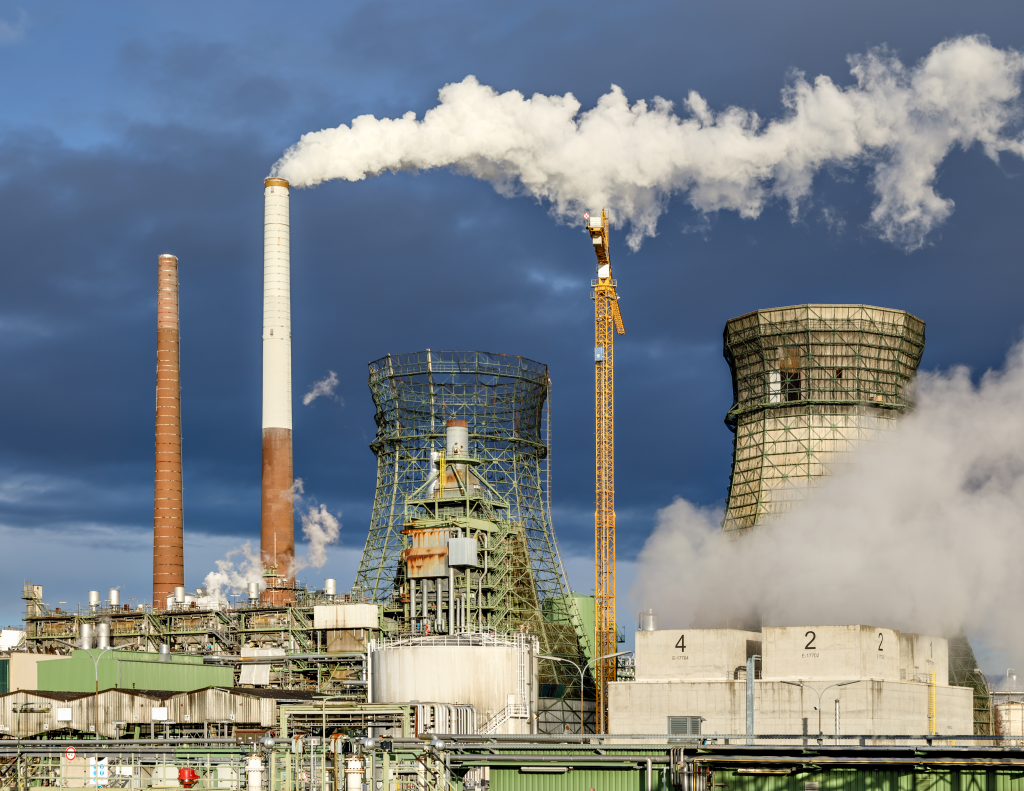
8. Regulatory and Deployment Breakthroughs
Licensing schedules once 5–7 years apart are being reduced to 18 months in new NRC frameworks specific to advanced reactors. The 2024 ADVANCE Act brought factory-built modules’ manufacturing licenses and simultaneous processing of site permits and design certification, saving years from deployment timelines. Global rollout of standardized SMR designs could be further sped up by international harmonization through the IAEA.

9. The Convergence of AI and Nuclear Engineering
AI is not just propelling demand for nuclear energy it is also revolutionizing reactor design and operation. Generative AI speeds up thermal-hydraulic modeling, improves fuel loading optimization, and forecasts material degradation due to radiation. Large language models can interpret thousands of pages of safety documents, benefiting engineers and regulators. This feedback loop AI powering nuclear, nuclear powering AI represents a new era in the co-evolution of computing and energy infrastructure.
The stakes are high. Success would be a low-carbon, resilient foundation for the AI economy and the ability to support human life on the Moon. Failure might delay both. For the moment, the reactors remain on the drawing board, the contracts are signed, and the race is on to power Earth’s most sophisticated machines and humanity’s next outpost.
